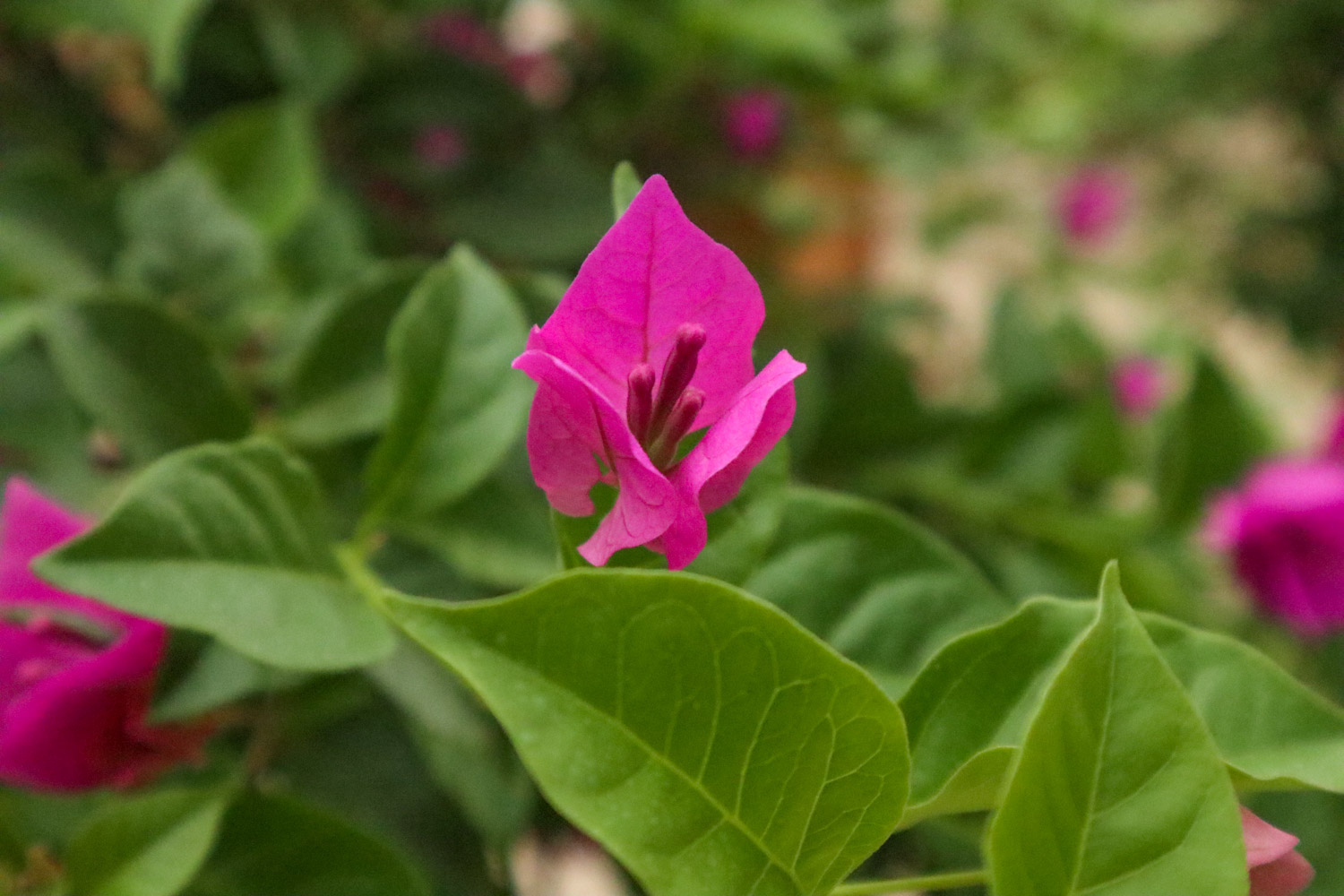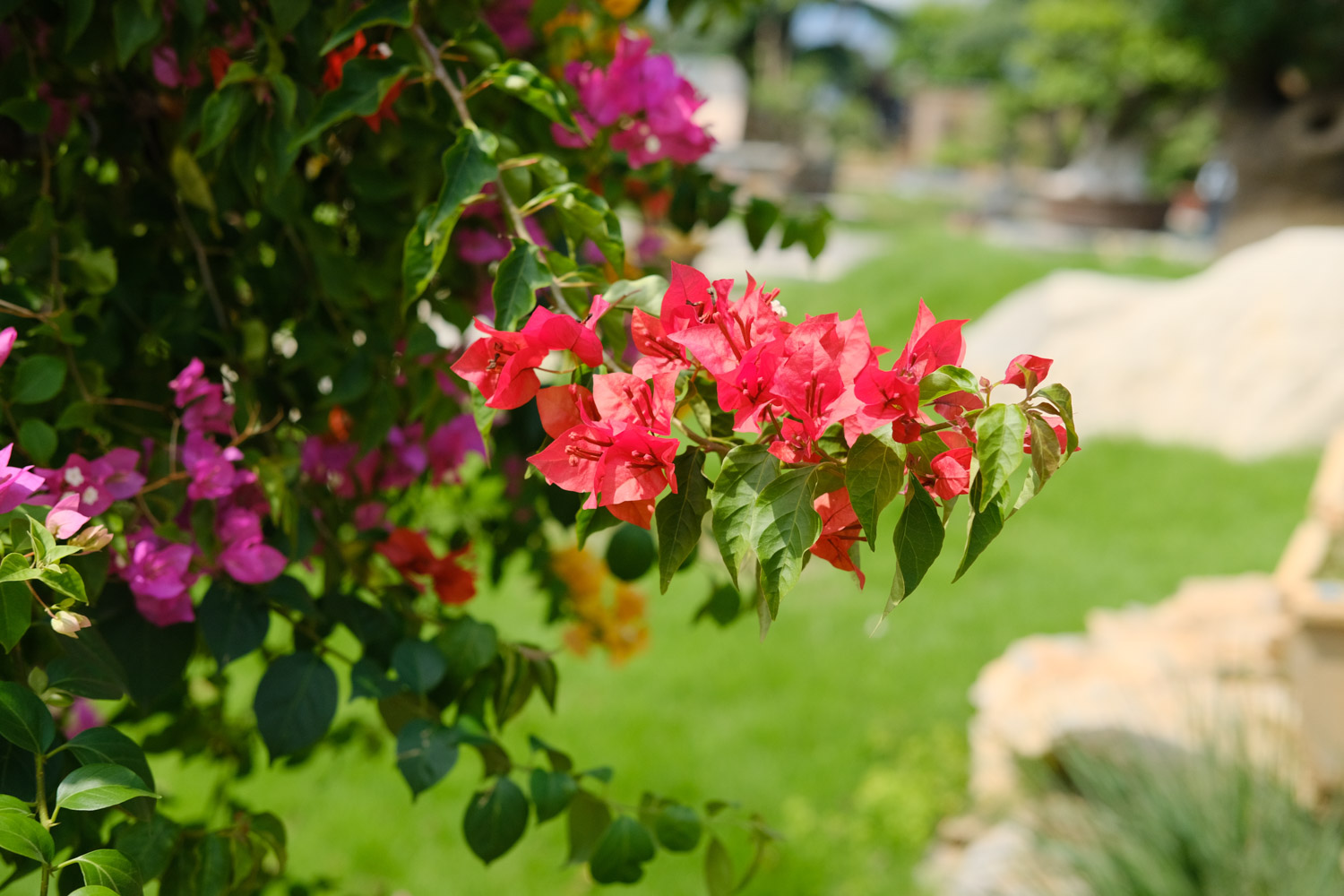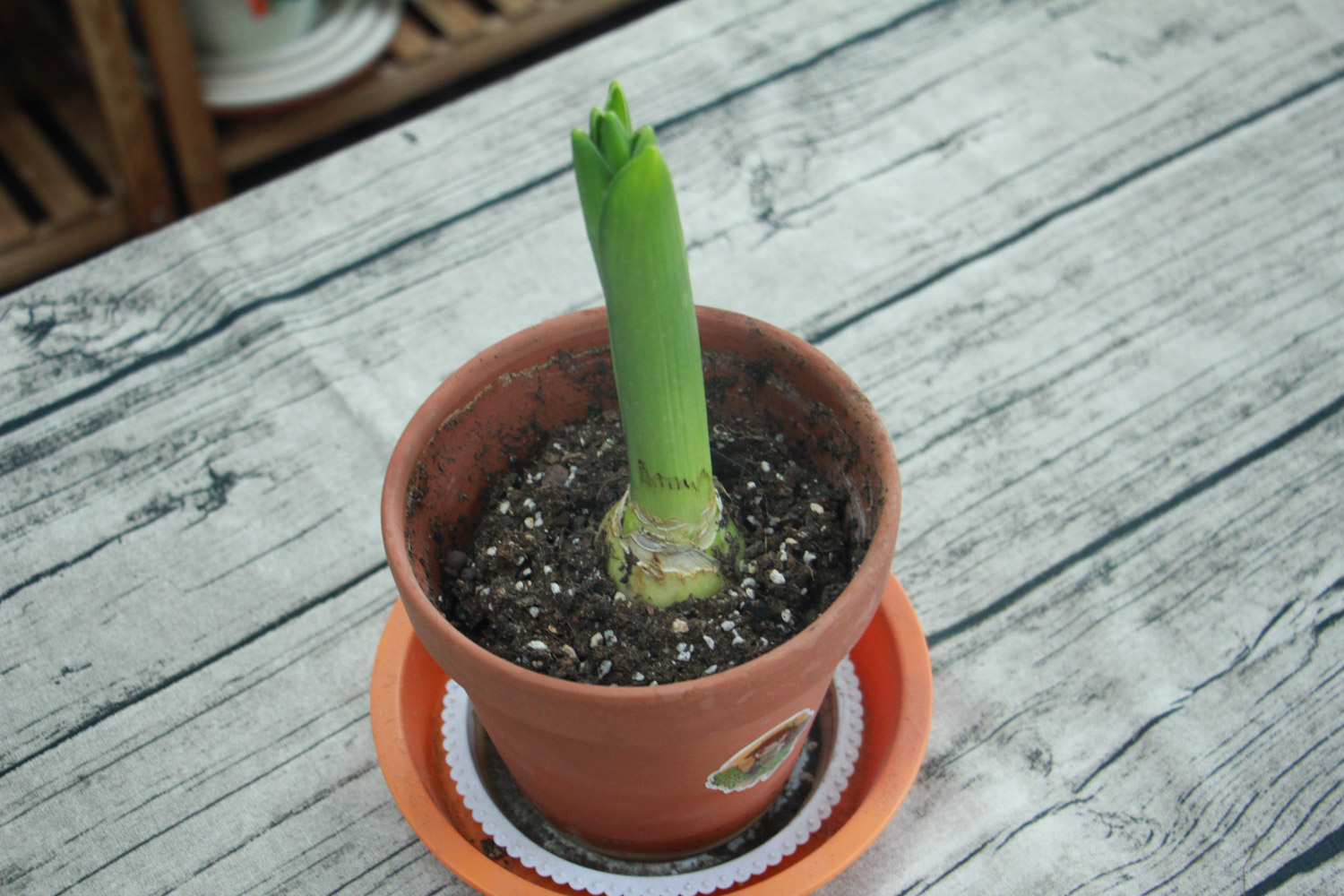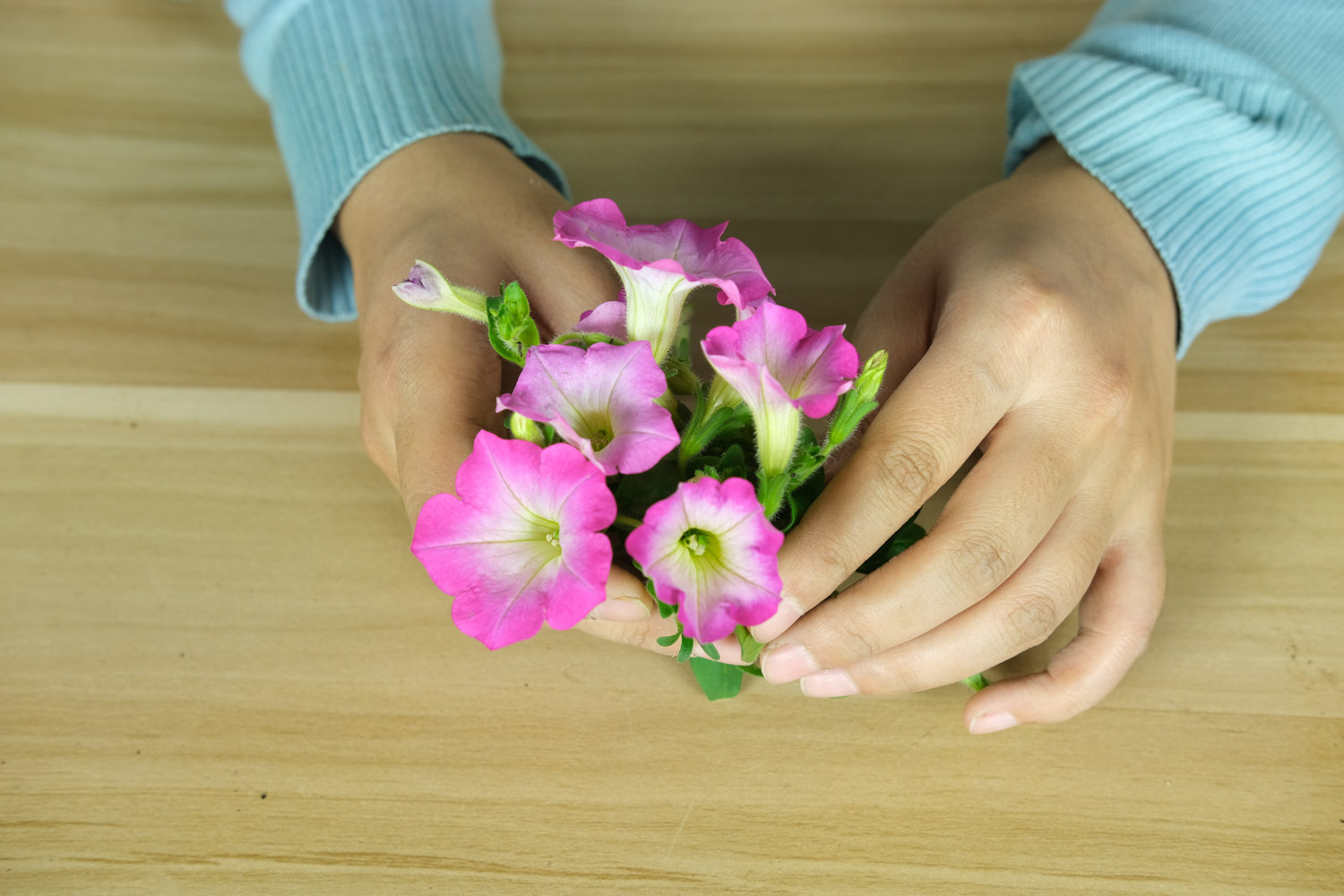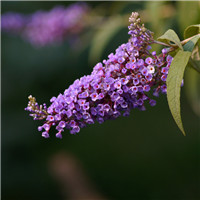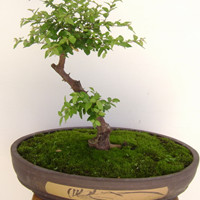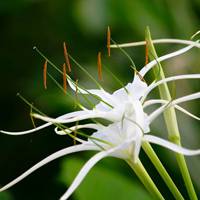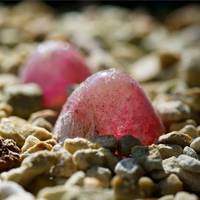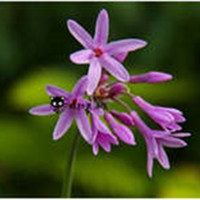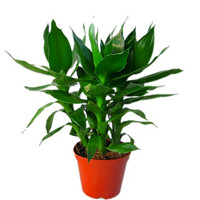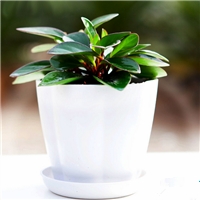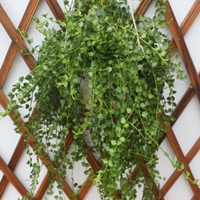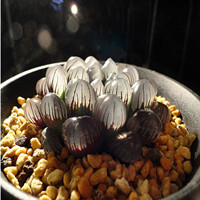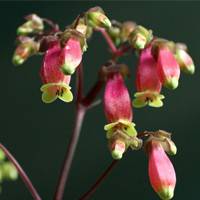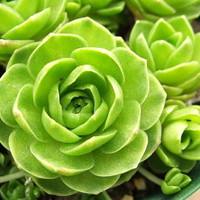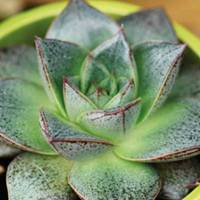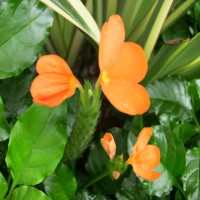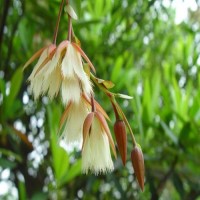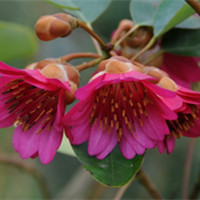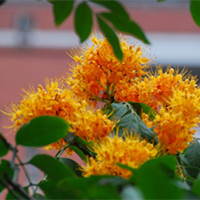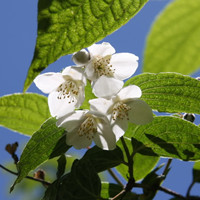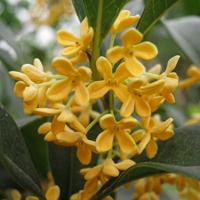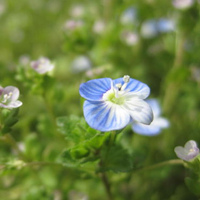Arabian mother-in-law
Persian mother-in-law, Latin scientific name veronicatersca Poir
Arabian grannaco
Granna of Scrophulariaceae
Geographical distribution of Arabian borna
Originating from West Asia to Iran and Europe. At present, it is mainly distributed in East China, central China and Western China
Morphological characteristics of Arabian borna
Arabian Granna is a multi branched herb with pilose plant surface. The stem has some branches from the base, the lower part lies on the ground, the leaves are opposite at the base of the stem, and the upper leaves are alternate. There are 2-4 pairs of leaves, oval or round, with short petiole, shallow heart-shaped leaf base, blunt teeth on the edge of the leaf, and sparsely pilose on the upper and lower surfaces. Arabian mother-in-law Na flower is solitary in the bud axil, the Corolla is light blue, and there are radial dark blue stripes on the petals; Bracts alternate, isomorphic and similar in size to leaves. The capsule is kidney shaped, covered with glandular hairs on the surface, almost glabrous after maturity, with obvious reticular veins and blunt lobes. There is a deep transverse grain on the back of the seed, and the flowering period is from March to May
Arabian granny horticultural value
The Arab mother-in-law grows vigorously at the end of March and April. Due to the strong asexual reproduction ability of Arabian Granna, Persian Granna can be planted on the bare surface, which can quickly cover the surface
Main hazards of Arabian poyna
As an invasive species, Arabian poyna has no natural enemies and propagates very fast, which will harm the seedlings of summer crops and autumn crops. A variety of root pathogens will parasitize the plant and spread to other crops
Arabic mother-in-law Nahua
Health

